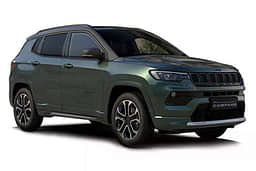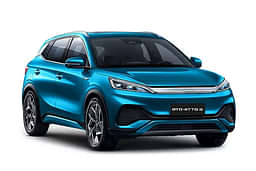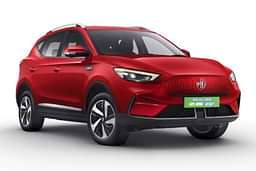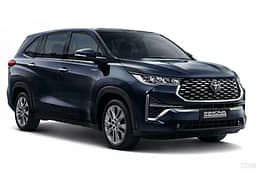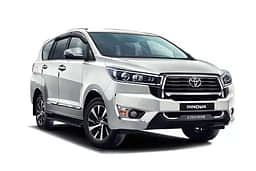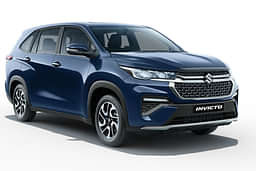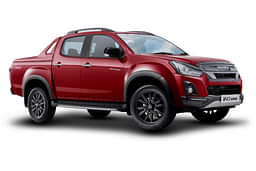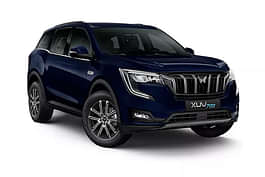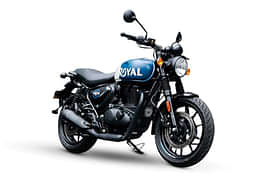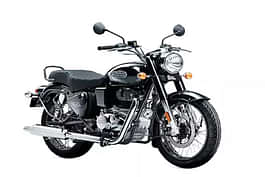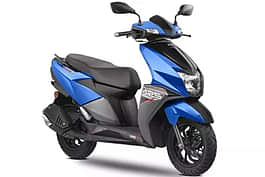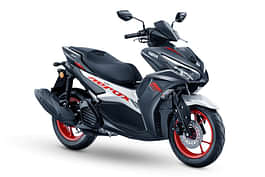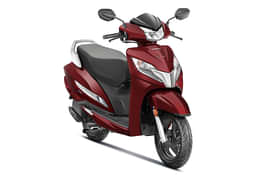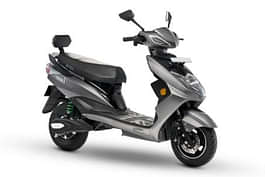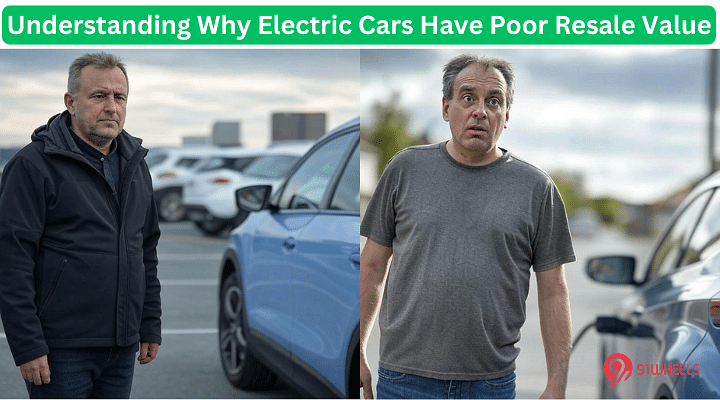
KEY HIGHLIGHTS
- According to several surveys, people aren't facing range anxiety, but charge anxiety
- Mahindra is offering a lifetime warranty with their XEV 9e and BE 6.
- Read the full report to know the details.
Last year, approximately 43 lakh ICE passenger vehicles were sold in India, compared to 99,068 units of electric passenger vehicles. The difference between the two is colossal, but EVs are still new to our market, and achieving that number is a beautiful milestone. However, with the government's push for electric vehicles and manufacturers boasting about how customers can save thousands of rupees with them, there's one major problem that's becoming a barrier: the poor resale value of electric cars.
Customers carefully evaluate their options and want a car that offers great value for their money. So, why is the resale value of electric cars so poor? Allow me to explain. And before that, make sure to join the 91Wheels Whatsapp Channel to never miss out on automotive updates
Also Read: 11,266 Electric Passenger Vehicles Sold In January 2025 - FADA
Resale Value Of Electric Cars
Charge Anxiety
The biggest reason why the resale value of electric cars is extremely poor in India is due to charge anxiety. Yes, according to several surveys, owners of electric vehicles in India worry more about charge anxiety than range anxiety because it is still a new technology, and the charging infrastructure is not up to date. If you're living in metro cities, then there are no worries, as you can find thousands of charging stations. However, finding a charging station in rural areas or small towns is like finding a needle in a haystack.
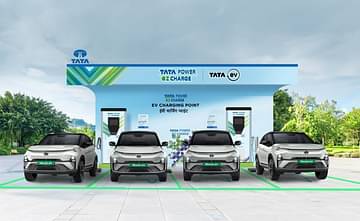
A lot of people who live in small cities and own electric vehicles have only one source of charging: their homes. Alternatively, they may find one or two proper charging stations at distant locations. This is one of the biggest reasons why people want to switch back to ICE vehicles.
Battery Life
Like smartphone batteries, car batteries also degrade over time. So, if you sell your EV after 2 years of owning it, both the range and the battery life will be comparatively poorer than when you purchased it. This factor also contributes significantly to the poor resale value of electric vehicles. Moreover, in ICE cars, the price is usually determined based on the miles the engine has covered, but in the case of electric cars, this is different.
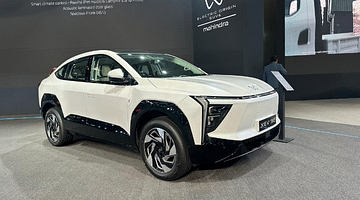
Manufacturers like Mahindra have done a tremendous job with the launch of the BE 6 and XEV 9e, offering a lifetime warranty on the batteries of both cars. To add to this, the warranty is separate from the regular one that comes with the overall vehicle. With this step, even the resale value of these two new cars built on the INGLO platform will remain intact.
Overall Maintenance
This is one of the most burdensome and expensive reasons why people are hesitant to enter the electric vehicle market. Unlike ICE cars, where the electronics are limited and even a local mechanic can fix small problems, an EV is completely different. Since there is no engine, no gearbox, and no drive shafts, everything is operated through a single motor and ECU, which is why they are so complex in nature.
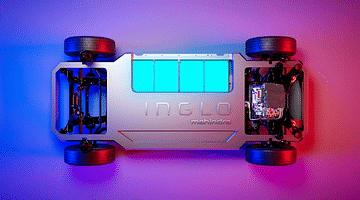
If something small gets damaged due to a minor inconvenience or accident, only people at official dealerships or highly skilled engineers can fix it, because it will be diagnosed through a laptop, not with tools. Plus, there are so many wires, sensors, and electrical components that it's hard to anticipate which part will need replacement or how much it will cost. As I repeat, there is no engine, no gearbox, nothing.
Beginning Of An Era
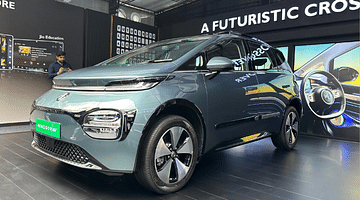
For a high resale value, there should be significant demand, and clearly, at this point, there is no EV with a massive, strong pull. That said, the Tata Nexon EV, Punch EV, and MG Windsor EV are the top 3 players in the segment, which are quite visible on the roads. However, they are still new products, having been launched after 2021, with the Windsor launched in late 2024. So, people aren't that excited about these vehicles, because, on the other hand, automakers are also pulling out all of their ICE vehicles.
Also Read: Bharat NCAP 2.0 Set To Launch By 2027 - ADAS Playing A Key Role
Verdict
These are the top reasons why people are facing such low resale value for electric vehicles and why this new market is struggling. Despite this, the government is pushing this segment with full force. At the Bharat Mobility Global Expo 2025, 95% of the cars launched or showcased were EVs. Additionally, in January, more than 11,000 of these vehicles were sold, and in February, this number is expected to grow as the Creta Electric has also been launched. Plus, in the coming months, the Mahindra BE 6, XEV 9e, and Maruti e-Vitara will become available to the public.

